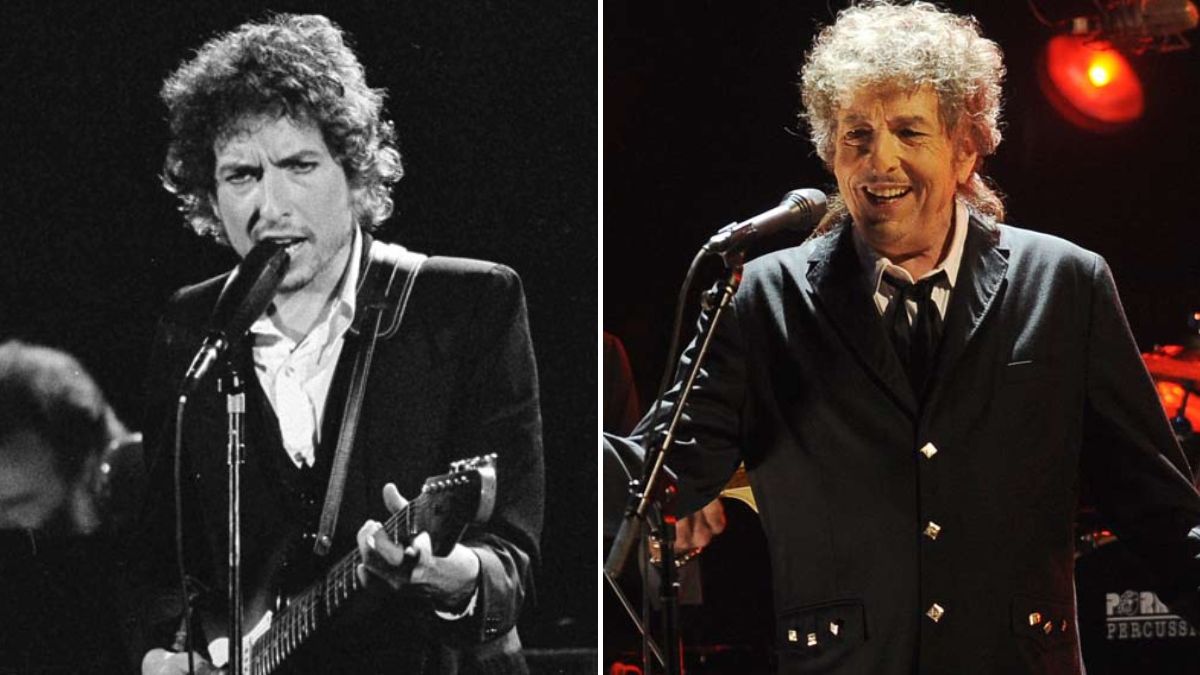Celebrating 84 years of Bob Dylan

There is something eternal that lies hidden within the lyrics. Something that all listeners sense. Lyrics that evoke of strong passion, rebellion, nostalgia, all because of a kid named Robert Zimmerman and his decision to leave for the East Coast to seek out Woody Guthrie.
Guthrie was known for his beat poetry and his folk singing but was slowly being overshadowed by the events of the 1950s, when America faced political turmoil over its position on US foreign policy, setting the stage for the counter-revolution of the 60s. Many singers sought out Guthrie, who was dying from the effects of Huntington’s disease, a neurological disorder. From 1956 to 1961, he was confined to Greystone Park Psychiatric Hospital in Morris County, New Jersey. Many folk singers started emerging across the country, but one of them visited him regularly: the kid from Minnesota.
After performing in coffee houses and a brief stint at the University of Minnesota, young Zimmerman embarked on a pilgrimage to seek out the dying Guthrie, ditching his last name for something people would recognize for his new name that would define him for the next 70 years: Bob Dylan.
Dylan’s music has always pushed new strides into the waves of modern music. Known for his experimental style, dabbling with folk music and rock, coupled with lyrics that are surreal, humorous and hopeful, here are some of his finest albums, which also inspired several films based on his life.
The Freewheelin’ Bob Dylan
This album cemented Dylan’s reputation as one of the greatest folk singers of all time. Released in 1963, it featured rich country imagery within the lyrics, along with simple acoustics. It also touched on the 60s counter-culture movement, labelling him as “Spokesman of the Generation”, a title that Dylan despised.
Highway 61 Revisited
When the album debuted in 1965, Dylan was in a controversial spot: he had garnered fury and despise for his use of electric guitar, an ideology that broke folk conventions. Presently, the album holds up, mainly due to Dylan’s own unwillingness to bend a knee to conventions, reinventing the genre. The song, Like A Rolling Stone, inspired the 2025 film, A Complete Unknown, starring Timothée Chalamet as Dylan. The film is a loosely chronicles a fictionalised account of Dylan’s arrival at Greenwich Village, up to his concert performance using the electric for the first time in 1964.
The Times They Are A-Changin'
Released in 1964, it marked a shift in Dylan’s career as he started to change from a protest singer to a mucisian who wanted to write his own songs. Considered slightly pessimistic compared with his other albums, it was Dylan’s expression of the height of the counter-revolution, where tensions of the Cold War were at full swing as well as the civil rights movement. He wrote songs, not to protest, but to show the folly of the “American Dream”, and the oppression faced by Afro-American people.
Bringing It All Back Home
The album is divided in two, the first half where Dylan experiments with electric and the other where he plays acoustic songs. With the release of the album in 1965, the tone of his lyrics had become more surreal and humorous, abandoning the protest songs that he was known for earlier.
Blood On The Tracks
Released in 1975, the album is more personal in tone. Many critics have pointed out the autobiographical elements within the album, which Dylan denies. Mostly acoustic, it explores the intricacies of loss, growth and reconciliation.
Dylan has been on an eternal tour since June 7, 1988. Coined by journalists as the “Never Ending Tour”, the singer’s entourage has often changed. His next concert is scheduled for May 25 in USA’s Oklahoma.
Most of Dylan’s lyrics appeal to the vagueness of the volatile changes of time. This element was explored in, I’m Not There, an experimental film by Todd Haynes, where Dylan was portrayed by different actors in different phases of his life, with Cate Blanchett’s portrayal of the singer receiving critical acclaim.
There is something, (I know, I keep saying that), something that Dylan appeals to every generation. It seems purposeful. The reason for the “something” is because Dylan’s lyrics aren't some kind of folk monolith. The poetry of his music, which according to musician and songwriter, Al Kooper, was an infusion of early folk with “the intellectualism of classical literature and poetry.” This, coupled with a sandpaper voice, compels the average person to seek hope, may that be on the angry passionate streets of protest, or on the quiet ones, like the nostalgic empty damp streets, where lonely souls walk on the wet pavement under the rain. Dylan’s voice is not supposed to accompany the listener, but to seek something, which hides the under the veil of vagueness of a deeply chaotic world.
You'll find God in the church of your choice
You'll find Woody Guthrie in Brooklyn State Hospital
And though it's only my opinion
I may be right or wrong
You'll find them both
In the Grand Canyon
At sundown
—Bob Dylan, Last Thoughts On Woody Guthrie
Entertainment